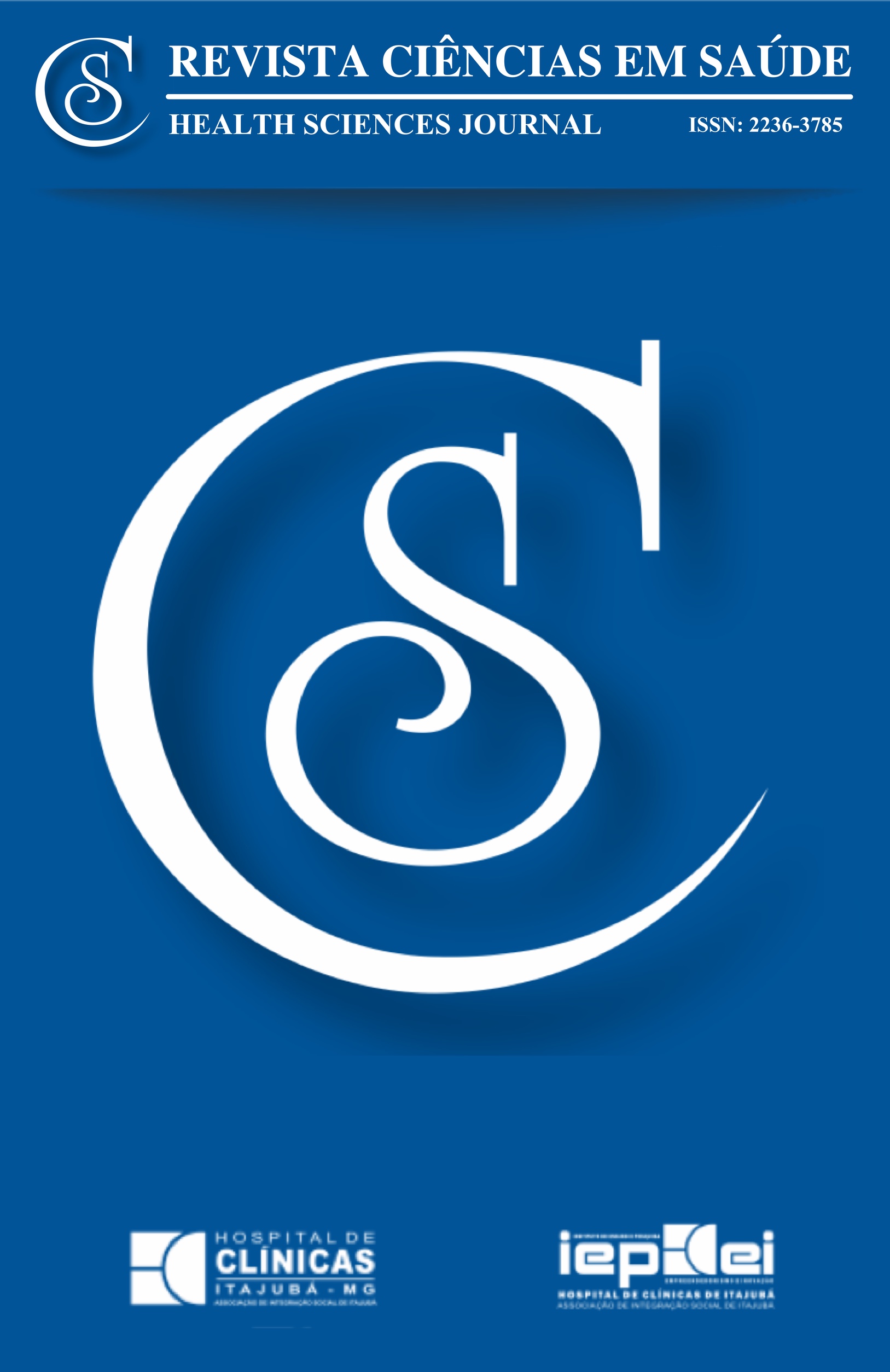Stem cell therapy in vascular diseases
Main Article Content
Abstract
Despite scientific advances, vascular diseases are responsible for one third of deaths. Understanding the biology of stem cells and cell therapy can mean an important advance in reducing this mortality.
Article Details
Authors maintain copyright and grant the HSJ the right to first publication. From 2024, the publications wiil be licensed under Attribution 4.0 International 
 , allowing their sharing, recognizing the authorship and initial publication in this journal.
, allowing their sharing, recognizing the authorship and initial publication in this journal.
Authors are authorized to assume additional contracts separately for the non-exclusive distribution of the version of the work published in this journal (e.g., publishing in an institutional repository or as a book chapter), with acknowledgment of authorship and initial publication in this journal.
Authors are encouraged to publish and distribute their work online (e.g., in institutional repositories or on their personal page) at any point after the editorial process.
Also, the AUTHOR is informed and consents that the HSJ can incorporate his article into existing or future scientific databases and indexers, under the conditions defined by the latter at all times, which will involve, at least, the possibility that the holders of these databases can perform the following actions on the article.
References
Navarro TP, Lopes LMN, Dardik A. Chapter 1. Introduction to Stem Cell Therapy and Its Application in Vascular Diseases. in Stem Cell Therapy for Vascular Diseases. 1 Ed. Springer. Switzerland. 425 p. 2020. https://doi.org/10.1007/978-3-030-56954-9_1
Konstantinov IE. In search of Alexander A. Maximow: the man behind the unitarian theory of hematopoiesis. Perspect Biol Med. 2000;43(2):269-76. https://doi.org/10.1353/pbm.2000.0006 PMid:10804590
Gurdon JB. The developmental capacity of nuclei taken from intestinal epithelium cells of feeding tadpoles. J Embryol Exp Morphol. 1962;10:622-40. https://doi.org/10.1242/dev.10.4.622
Takahashi K, Yamanaka S. Induction of pluripotent stem cells from mouse embryonic and adult fibroblast cultures by defined factors. Cell. 2006;126(4):663-76. https://doi.org/10.1016/j.cell.2006.07.024 PMid:16904174
Takahashi K, Tanabe K, Ohnuki M, Narita M, Ichisaka T, Tomoda K, et al. Induction of pluripotent stem cells from adult human fibroblasts by defined factors. Cell. 2007;131(5):861-72. https://doi.org/10.1016/j.cell.2007.11.019 PMid:18035408
NobelPrize.org. The Nobel prize in physiology or medicine 2012. Available from: https://www.nobelprize.org/prizes/medicine/2012/press-release
Guo J, Dardik A, Fang K, Huang R, Gu Y. Meta-analysis on the treatment of diabetic foot ulcers with autologous stem cells. Stem Cell Res Ther. 2017;8(1):228. https://doi.org/10.1186/s13287-017-0683-2 PMid:29037219 PMCid:PMC5644171
Lopes L, Setia O, Aurshina A, Liu S, Hu H, Isaji T, et al. Stem cell therapy for diabetic foot ulcers: a review of preclinical and clinical research. Stem Cell Res Ther. 2018;9(1):188. https://doi.org/10.1186/s13287-018-0938-6 PMid:29996912 PMCid:PMC6042254
